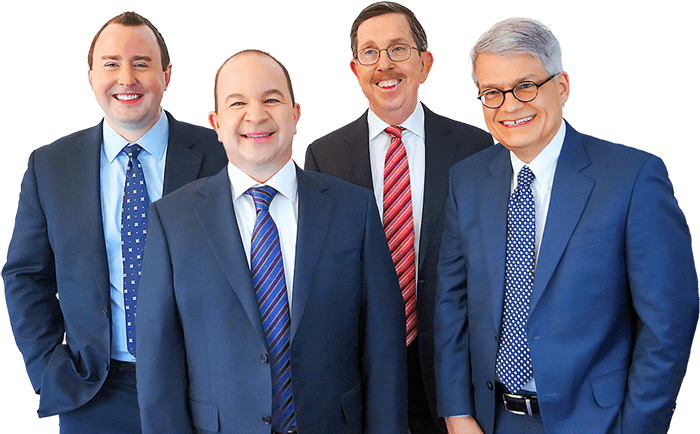Bedsore Symptoms and Stages
Injuries can happen in a nursing home even when the nursing home and staff take proper precautions. But bedsores are an entirely different matter. Unless a patient is being neglected, they simply do not happen. There is no reason to give a nursing home the benefit of the doubt if your family member is showing symptoms of bedsores.
At Tremont Sheldon P.C., we work with Connecticut families who suspect that their loved one is being neglected or abused in a nursing home. If you suspect something is wrong or think you have witnessed bedsore symptoms, our lawyers can help you identify your options for holding the nursing home and staff accountable.
What Is a Bedsore?
Bedsores are skin lesions primarily caused by friction, humidity, incontinence, shearing forces and unrelieved pressure. In other words, bedsores are caused by people being left to lie in the same position for too long without being turned and without regularly being cleaned. If not addressed properly, bedsores can be fatal in their most extreme cases.
Recognizing Bedsore Symptoms and Stages
Bedsores get progressively worse when unchecked and untreated, just like most other medical problems. There are four stages of bedsores, with each stage representing an increase in severity:
- A stage one bedsore is not yet an open wound. There may be redness on the surface of the skin and feel warmer than the surrounding skin. A stage one bedsore may go undetected by visiting loved ones, but should be easily visible for nursing home staff who should be in close contact with the patient.
- When a bedsore enters stage two, the skin can break or tear away from the surrounding area, forming a painful ulcer. At this stage, the sore could be mistaken for a blister, but it is important to investigate further if you see anything that could even possibly be a bedsore.
- A stage three bedsore may not look any more severe on the surface than a stage two sore, but at this point there is damage being done beneath the skin’s surface. Someone inspecting closely may be able to see fat showing through the sore.
- At stage four, the damage beneath the surface can run so deep that it is affecting muscle and bone. This can result in long-term issues for the patient and is a visible sign of extreme negligence on behalf of the nursing home and its staff.
There Is No Excuse for Bedsores
If your loved one is showing any symptoms of bedsores, or something just doesn’t seem right, you need to act now. Call 203-212-9075 or contact us online for a consultation with our Bridgeport nursing home negligence and elder abuse attorneys.

